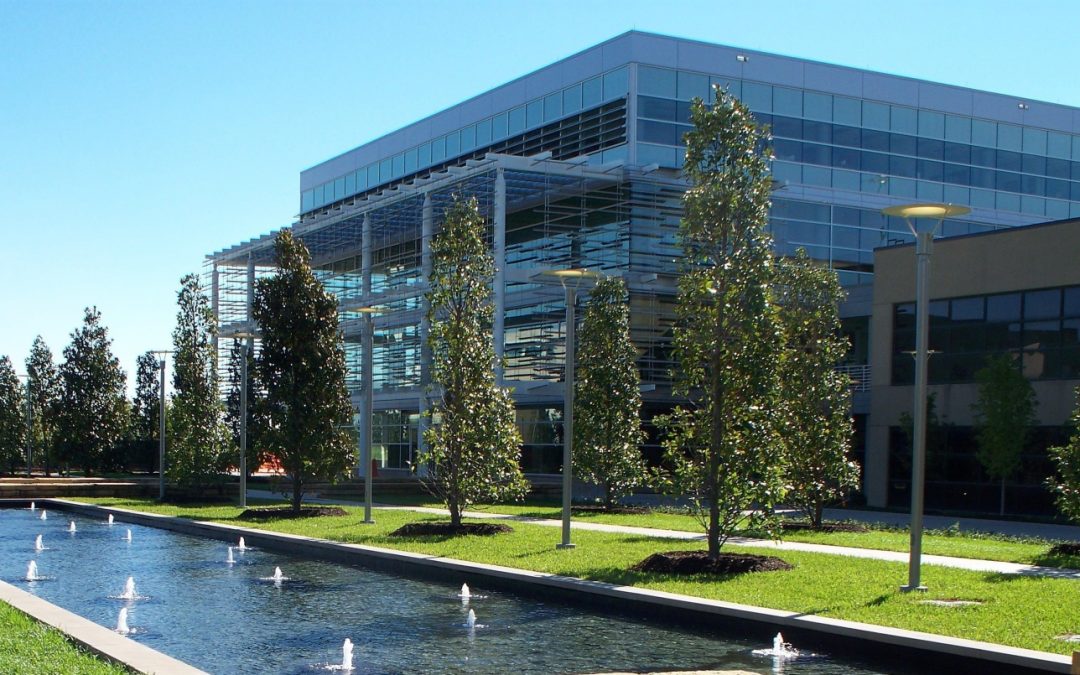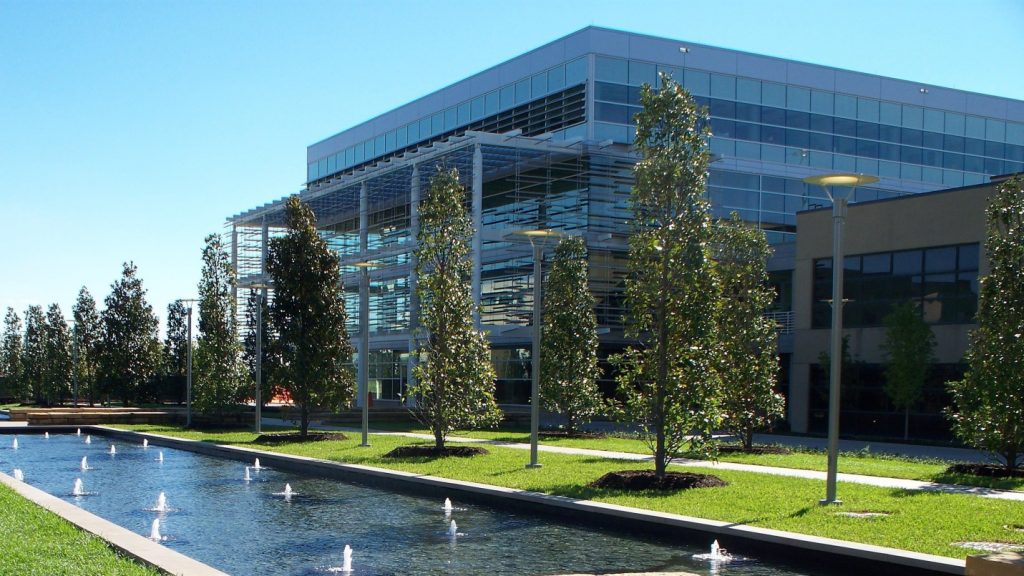
by Elizabeth Hines | Sep 7, 2015 | Blog, Strategy, Supply Chain

Multi-channel distribution is likely to fuel the demand for on-demand packaging as companies continue their search for more cost-effective solutions.
Only 7% of companies are making their boxes on demand. However, that figure is set to grow quickly. The explosive rise of e-commerce and all the uncertainties it entails in terms of order fulfillment will likely prompt a growing number of companies, especially those serving multiple sales channels, to seek the answers in on-demand packaging.
The potential savings of always getting the right-sized box at just the right time should speak to all those multi-channel distributors. In a Peerless Research study, distributors were asked to name the areas where fulfillment costs have gone up. The three most popular answers were transportation, labor, and packaging and materials.
A corporate manager at an e-commerce business said about trends in packaging automation, “We are able to consolidate multiple orders from one customer into as few boxes as possible. This saves on time and shipping costs.”
That study talks of the “ripple effect” felt throughout the supply chain as packaging optimization drives down the number of cases on a pallet, as well as storage space requirements and shipping costs, and ultimately has the power to increase a company’s sustainability rating.
In numbers, some of the advantages cited by on-demand packaging proponents include:
- A 28% reduction in the quantity of corrugate
- An 80-90% reduction in filling material
- Savings of 20-35% over conventional supply chains
- A 75% reduction in footprint required by two laborers to pack dunnage, seal, and label a box
Packsize, one of several companies behind the new automated technology, says it actually takes less time to make packaging on demand than going the conventional route of locating and moving packaging purchased from a vendor. Stockouts and obsolete inventory also become relics of the past when boxes can be made minutes before they are needed. In an industry chasing next-day or even same-day delivery, any gain in timely execution counts as a victory.
Though 80% of the 322 top materials handling, logistics, and supply chain managers surveyed by Peerless still purchase and store their corrugated boxes, the trend is pointing in favor of the new solutions. Industry familiarity with on-demand packaging is increasing while the desire for new packaging solutions continues to grow. “We currently have to order in advance custom size boxes for upcoming orders, and it would be better to make them on the fly, adapting to changes,” an engineering manager said. “We are considering some form of on-demand packaging to prevent the storage of cartons,” another said. “We can use the space better.”
It all sounds promising, but is it the way of the future?
Fronetics Strategic Advisors is a leading management consulting firm. Our firm works with companies to identify and execute strategies for growth and value creation.
Whether it is a wholesale food distributor seeking guidance on how to define and execute corporate strategy; a telematics firm needing high quality content on a consistent basis; a real estate firm looking for a marketing partner; or a supply chain firm in need of interim management, our clients rely on Fronetics to help them navigate through critical junctures, meet their toughest challenges, and take advantage of opportunities. We deliver high-impact results.
We advise and work with companies on their most critical issues and opportunities: strategy, marketing, organization, talent acquisition, performance management, and M&A support.
We have deep expertise and a proven track record in a broad range of industries including: supply chain, real estate, software, and logistics.


by Elizabeth Hines | Aug 31, 2015 | Blog, Strategy, Supply Chain, Warehousing & Materials Handling

Going green in the warehouse is no longer an afterthought, but a necessity to boost the bottom line. With the US Green Building Council reporting nearly 172,000 gross square meters being certified LEED (Leadership in Energy & Environmental Design) every day in the U.S., it speaks volumes about the widespread industry acceptance of sustainable design.
Once an afterthought, the “greening” of warehouses and distribution centers has emerged as one of the most effective tools to boost the bottom line. With so many external pressures on profit margins, energy savings have the potential to provide that much sought-after way out. Needless to say, we have moved well beyond simply dimming or turning off the lights (although not to be neglected).
If you have not considered such increasingly common green features such as white roofs to reflect sun light, prismatic lenses for skylights, solar panels, and high-efficiency lighting, you should know others are moving ahead.
A one-million square-foot distribution center in Fort Worth, Texas, for example, where temperatures frequently hit triple-digits, hardly needs to turn on the HVAC since the company installed an integrated fan control system, which uses 26 networked warehouse fans 24 feet in diameter. Designed to move high volumes at low speeds to cool indoor temperatures, it operates to the tune of 12% to 50% savings in heating and cooling costs.
Another example is the corporate campus of Somerset Tire Service in Bridgewater, N.J., which is constructed as a net-zero facility, by using a roof-mounted, 1.2 megawatt photovoltaic array. In less than five years, the system will have paid for itself.
And, to cite a third example, consider a recently completed building for Coca-Cola where clear glass brings in an abundance of natural light. In combination with integrated daylight tubes, which automatically reduce or turn off when the sensors determine there is enough ambient light, the facility can frequently operate without any artificial lighting.
Optimizing the building envelope and lighting solutions can yield as much as 40% in energy savings. Lighting is indeed the low-hanging fruit of going green, especially if your lighting system is pushing 20 years. Other common strategies such as dimming, occupancy sensing, and scheduling can be combined with more advanced lighting control strategies such as daylight harvesting (as in the Coca-Cola example), task tuning (light is adjusted depending on the needs of the space), demand response (light is adjusted at peak times based on signals from electric utilities), and specific software for energy management. These strategy combinations can save up to 70% in energy costs.
But let’s not forget that the good-old “location, location, location”. It’s ever-important as well.
One analyst put it this way: “Anytime you can reduce transportation distance, time, and costs for your network, you are also providing a green benefit… While there is much that can be done within a warehouse to save energy, optimizing the network is where some of the biggest bang for the buck can be found.”
When it comes to cutting energy costs in warehouses and distribution centers, where do you see the greatest potential for savings?
Fronetics Strategic Advisors is a leading management consulting firm. Our firm works with companies to identify and execute strategies for growth and value creation.
Whether it is a wholesale food distributor seeking guidance on how to define and execute corporate strategy; a telematics firm needing high quality content on a consistent basis; a real estate firm looking for a marketing partner; or a supply chain firm in need of interim management, our clients rely on Fronetics to help them navigate through critical junctures, meet their toughest challenges, and take advantage of opportunities. We deliver high-impact results.
We advise and work with companies on their most critical issues and opportunities: strategy, marketing, organization, talent acquisition, performance management, and M&A support.
We have deep expertise and a proven track record in a broad range of industries including: supply chain, real estate, software, and logistics.


by Elizabeth Hines | Aug 19, 2015 | Blog, Data/Analytics, Strategy

Understanding your financial metrics at a granular level is important in that it allows for a true understanding of what is happening, and what is not. It enables you to drill down and appreciate, for example, similarities, differences, and outliers. Being informed at a granular level enables better decision-making when it comes to determining how to increase profits. How often does one need to look at these metrics and how does one evaluate and react to numbers?
The frequency with which to look metrics depends upon the area of business. For example, inventory flows and manufacturing output should be looked at on a daily basis. Your sales pipeline, on the other hand, should be looked at on a weekly basis, and your financials should be looked at monthly.
Once a schedule has been established, the question is what to do with the data – how should the data be evaluated and when is it time to act? The reality is that there is no hard and fast answer to this question. When to act is dependent upon the type of business, its typical cycle, and the company itself. It is therefore important to develop a database that captures your metrics. This database should be updated with the same frequency that the data is collected (see above for suggested frequency). A historical database will enable you to quickly identify a data point that is deviating, positive or negative, from the historical. When this happens, it is time to act.
Fronetics Strategic Advisors is a leading management consulting firm. Our firm works with companies to identify and execute strategies for growth and value creation.
Whether it is a wholesale food distributor seeking guidance on how to define and execute corporate strategy; a telematics firm needing high quality content on a consistent basis; a real estate firm looking for a marketing partner; or a supply chain firm in need of interim management, our clients rely on Fronetics to help them navigate through critical junctures, meet their toughest challenges, and take advantage of opportunities. We deliver high-impact results.
We advise and work with companies on their most critical issues and opportunities: strategy, marketing, organization, talent acquisition, performance management, and M&A support.
We have deep expertise and a proven track record in a broad range of industries including: supply chain, real estate, software, and logistics.


by Fronetics | Aug 18, 2015 | Blog, Leadership, Marketing, Social Media

In one of the most infamous social media gaffes, the insurance giant Aflac fired its widely-recognized spokesman Gilbert Godfrey after he tweeted insensitive comments about the Japanese tsunami in 2011. The rapid growth of social media has created a gray area for employers and employees alike in the space where personal and professional meet, to be certain. But, social media has also presented some of the greatest opportunities for marketing growth since the introduction of the internet. Even so, companies have been slow to relinquish control and absolute authority of their brands on social media. Those that have embraced employees as brand ambassadors, though, have seen mighty returns on their efforts.
A few years ago when Sodexo set out to transform the way it uses social media, no one could have foreseen how successful the initiative would eventually become. Through a series of intentional moves, the company empowered its employees to use social media to extend its brand. In short, Sodexo shifted its social media efforts from strictly marketing to the education and empowerment of employees. Its expanded marketing efforts engaged and mobilized its entire workforce as brand ambassadors. As an example, to find and attract top talent using existing employee connections, Sodexo crafted a targeted social strategy. The company identified employees who were frequent social media users with many connections and tasked them with social job sharing – in other words, employees were asked to use their personal social media accounts to advertise job openings to their collective social connections. In just three years, Sodexo grew their average job opening pageviews per month by over 1,100%.
So how can your company foster a similar online community of connected and engaged employees? To begin, listen and observe. Monitoring the activity of both your company’s social profiles and that of your employees will help you to understand how employees are currently using social media to interact with your brand. From there, you’ll be able to identify employees that are heavy users of social media and which employees are online community influencers. Note what topics and social networks drive the most engagement. Use this initial research to set benchmarks and goals for progress. After you’ve completed the review of your company’s social landscape, you’ll have a clear picture of where the greatest areas of opportunity lie and who to tap for help.
Successfully reframing your employees as brand ambassadors through an intentional social strategy requires creating a culture that empowers and incentivizes employee participation. It’s important to clearly articulate your company’s overall social strategy, but much more important to link its goals and objectives to employee job functions. Employees are much more likely to participate if what you’re asking them to do is seen as complementary, not supplementary to their workload. To encourage informed participation, provide training for your social media brand ambassadors. For example, you could invite a local college professor to present at an internal workshop outlining how to write content specifically for social media. Or, mine existing internal resources by tapping your communications department to lead an introductory corporate digital communications webinar for social brand ambassadors. Creating an informative and sustaining dialogue with your employees will be key in determining whether or not your efforts will be successful.
Once you’ve empowered your employees with the appropriate resources and knowledge, motivate them to participate online. Ask brand ambassadors to follow your company pages, promote company events or initiatives, and share company-posted content. Assign them as group moderators of online communities. Request their contribution as subject matter experts for blog posts. Whatever it is you decide to ask of them, it’s critically important that you regularly engage them. Companies that consistently treat employees as partners in social media by marrying the personal and professional growth of employees stand to gain significant benefits.
Back at Sodexo, a quick glance at the company’s social media profiles reveals a thriving online community driven by employee participation. The Sodexo Facebook page shows a wealth of employee comments and posts, links to employee blogs, and corporate posts highlighting employees. The company’s Twitter account is populated by dedicated hashtags for employees and tweets about employee participation in one of the company’s social initiatives. It’s clear Sodexo’s employees are enjoying the perks that come along with engaging online with their employer. Meanwhile, Sodexo itself is expanding brand awareness, enjoying improved internal communication, increasing sales, and attracting top talent – simply by empowering its own employees to become ambassadors of the brand.

by Elizabeth Hines | Aug 17, 2015 | Blog, Leadership, Strategy

Although our economy has rebounded since the 2008 downturn we have come to realize that the days of abundant resources are gone. Our current and future economic reality consists of scarce resources and a shrinking opportunity base. Managers face the challenge of expanding their business and reducing their spending, while still making meaningful progress now and into the future.
Whether you are a small, mid-market, or Fortune 500 company, you will recognize the challenge of reconciling your management needs in the face of budget reductions. Doing things the same old way is not effective. You need a way to quickly turbo charge your business without breaking the bank. The question remains — how? Leading companies have used a secret weapon against these challenges for years: interim management services strategy.
Here are 4 questions to ask yourself to determine if interim management services are right for you:
- In your current or last budget cycle have you been asked to raise your profit targets with flat or reduced expenses?
- Do you have a customer or market segment that is a good fit for your company, but you don’t have the resources or time to explore, define and win that business?
- Do you need management expertise in a specific area, but don’t want to make a full time hire or can’t afford to make one?
- Do you have a window of opportunity to make a meaningful business move but can’t afford the ramp up time or learning curve to make the most of it?
If you answered yes to any of the above questions, an interim management services strategy is a weapon you should think about using too. Think of it as “management as a service”. A model designed to provide specific executive, management, sales or operational expertise when and where you need it, for exactly as long as you need it, at a fraction of the time and cost expense of hiring, assimilating and assigning a full-time professional.
Interim management services allow you to make meaningful progress in your strategic initiatives without incurring a large upfront investment in time, people, or budget. It allows you to easily navigate unique challenges, fill leadership voids during transitions, or obtain expertise on special projects and initiatives. It’s effective and efficient talent, when you need it, for how long your needs exist.
Add an interim management strategy to your strategic arsenal and watch your business grow.
Fronetics Strategic Advisors is a leading management consulting firm. Our firm works with companies to identify and execute strategies for growth and value creation.
Whether it is a wholesale food distributor seeking guidance on how to define and execute corporate strategy; a telematics firm needing high quality content on a consistent basis; a real estate firm looking for a marketing partner; or a supply chain firm in need of interim management, our clients rely on Fronetics to help them navigate through critical junctures, meet their toughest challenges, and take advantage of opportunities. We deliver high-impact results.
We advise and work with companies on their most critical issues and opportunities: strategy, marketing, organization, talent acquisition, performance management, and M&A support.
We have deep expertise and a proven track record in a broad range of industries including: supply chain, real estate, software, and logistics.










